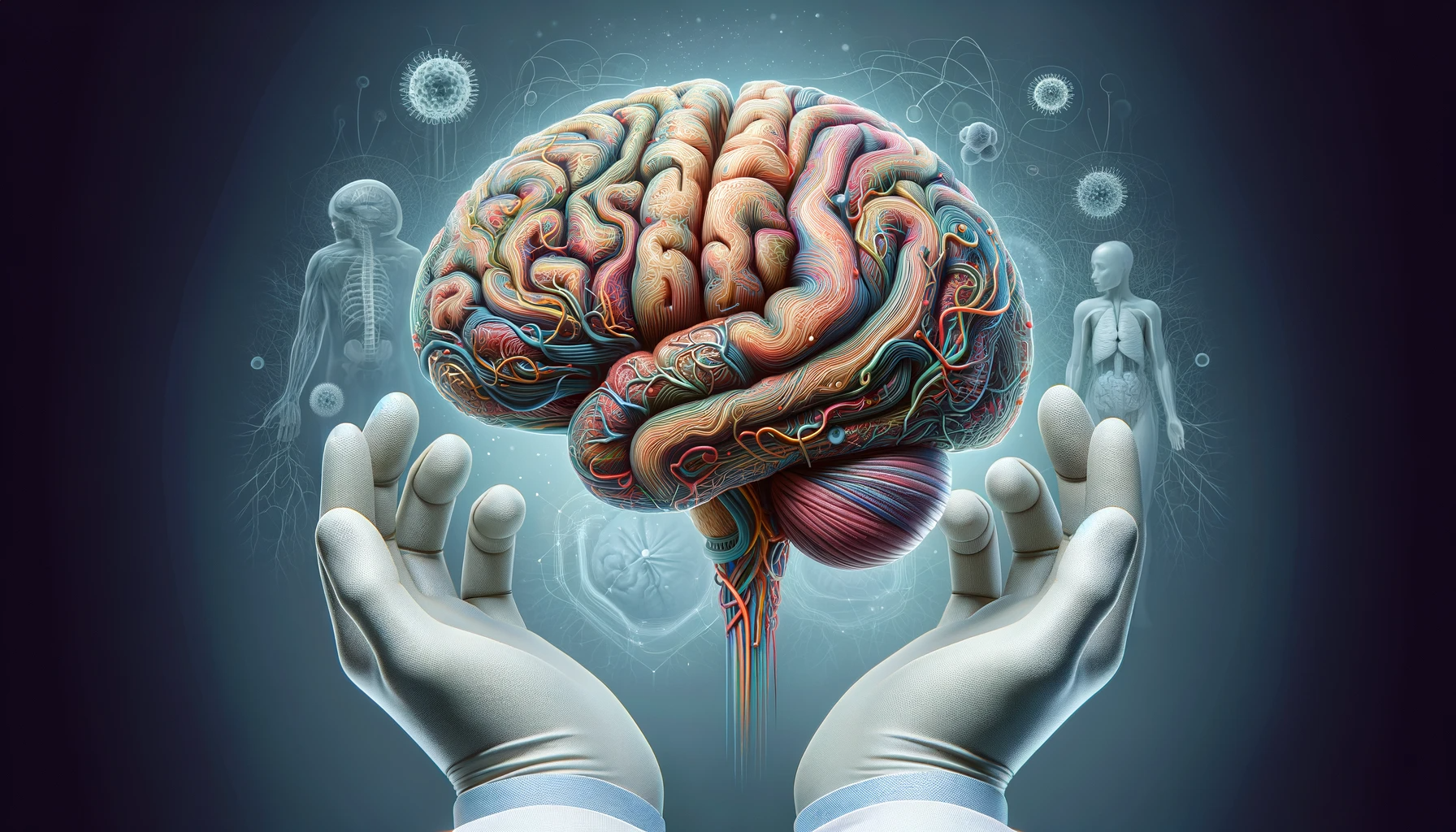Hey - welcome to this article by the team at neatprompts.com. The world of AI is moving fast. We stay on top of everything and send you the most important stuff daily.
Sign up for our newsletter:
In a pioneering approach to artificial intelligence, scientists have successfully used miniature brain-like structures from human brain cells to execute basic speech recognition tasks. This innovative method, which connects these brain cell clusters to a computer, could potentially revolutionize AI by significantly reducing the energy consumption typically associated with silicon chip-based AI systems.
Feng Guo, a researcher at Indiana University Bloomington, emphasizes the early stage of this breakthrough. "This is just proof-of-concept to show we can do the job," Guo remarks, acknowledging the journey ahead in this field.
These brain organoids, akin to tiny versions of human brains, are cultivated from stem cells and mature for two to three months. They are a few millimeters wide and can contain up to 100 million nerve cells, a fraction of human brains' 100 billion nerve cells.
Once developed, these organoids are positioned atop a microelectrode array. This setup not only stimulates the organoid with electrical signals but also detects responses from the nerve cells. The team has aptly named their groundbreaking system "Brainoware".
The Breakthrough

A recent study, as detailed in Nature Electronics, showcases how researchers at Indiana University Bloomington have engineered a "brain organoid" - a miniaturized, simplified version of the brain formed from human stem cells. This organoid, which replicates key aspects of neural activity, is integrated with a computer chip to create a biocomputing system capable of performing complex tasks, including speech recognition.
The Process
The core of this innovation lies in the utilization of living human brain cells. These cells, cultivated from stem cells, form brain organoids that exhibit electrical signals similar to those in human brains. When these organoids are connected to an electronic chip, they can process information, mimicking how silicon-based computers operate. The significant difference, however, is the incorporation of biological neural networks, offering a new dimension to AI software development and energy efficiency.
Speech Recognition Capabilities
The researchers focused on voice recognition - a task traditionally handled by machine learning algorithms in silicon-based computers. By applying electric pulses equivalent to sound waves from speech, the organoid-chip hybrid could recognize words spoken by eight people with an accuracy of 78%. This represents a successful integration of living brain cells into computing and a remarkable step in creating AI that can perform more complex tasks.
Implications for Neurological Disorders and AI Development
This development is not just a milestone in biocomputing. It offers a promising avenue for researching neurological disorders. Scientists can gain deeper insights into brain function and dysfunction by studying how these mini-brains respond to various stimuli. Furthermore, the energy efficiency and processing capabilities of these brain-cell-based systems could herald a new era of AI, transcending the limitations of silicon-based computers.
The Future of Biocomputing
Looking ahead, the potential applications of this technology are vast. Beyond speech recognition, these living brain cells could be trained to handle a range of complex information, paving the way for more sophisticated AI software. The first demonstration with voice recognition is just the beginning. Future research may expand this technology to tackle tasks that are currently challenging for traditional AI, such as interpreting nuanced human emotions or managing highly complex data.
Conclusion
Integrating living human brain cells into AI represents a significant leap in technology and our understanding of the brain. As researchers continue exploring this exciting frontier, we may witness the emergence of an entirely new class of AI - one more closely aligned with the intricate workings of the human mind. This advancement not only showcases the ingenuity of human innovation but also opens a window to the vast possibilities that lie at the intersection of biology and technology.
